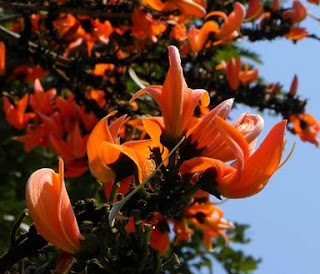I just returned from an 8-day trip to London, courtesy Panos London. However, this blog is dedicated to the beefy immigration officer at Heathrow airport who told me - "pardon me, but I am not aware of who or what Panos London is. So, could you tell me a bit about them?" I had never heard a voice so full of honey and sugar! So, here's to you, Mr Immigration Politeness!
LSJ - a very 'Savvy' project
LSJ - a very 'Savvy' project
 |
| This board at the office of Panos London really says it all. Right now, they are illuminating, among others, the voice of Mary Madiga - a Dalit woman from India whose stories I have been chronicling. |
Panos London, the people who make development media matter, had been running a project called 'Linking Southern Journalists' (LSJ) for three years. During these three years, they helped get, and hold your breathe, 36 journalists publish over 200 stories in 4 countries across the EU. It happened like this: Panos editors, sitting in London, would contact journalists in their respective cities, get their story ideas, take them to the media houses for approval. Once approved, they would ask the journalists to send the stories (mostly features) which they would then, with the help of another team of veteran journalists, edit and translate before handing over to the media houses. What the media houses got was stories absolutely read for publication. What journalists - including yours truly - got was the opportunity to be published in languages they didn't even speak and regions they had no contacts whatsoever, and get paid fairly well!
To quote captain Jack Sparrow (whom I watched for a millionth time on the flight), this is absolutely "Savvy!"
The smiling folks!
I met the team Panos in their office at the White Lion street of North London on the 20th . Now, it was the first time I walked into a media/charity office where everyone smiled, instead of looking grumpy and terribly important, even on a Monday morning! My immediate reaction was: "either they are just faking it, or something is terribly wrong with them". However, by the end of the week, they were still smiling and so I was convinced that they were not very normal people - a fact that really made me feel at home!
It's one world!
The project, which I mentioned earlier, is now coming to an end and it was time to share our views, experiences and learning from the project, as well as get tips from the Panos team that could further help us journalists get more space in the EU media. In the course of our discussions, one point that became clear was that cutting across countries and publications, editors were more interested in solution oriented and positive stories. Nobody wanted a mere 'sob story' anymore.
Suddenly I was taken back 6 years, when, as a fledgling TV reporter, I was arguing with my then boss over the attraction of positive stories.








